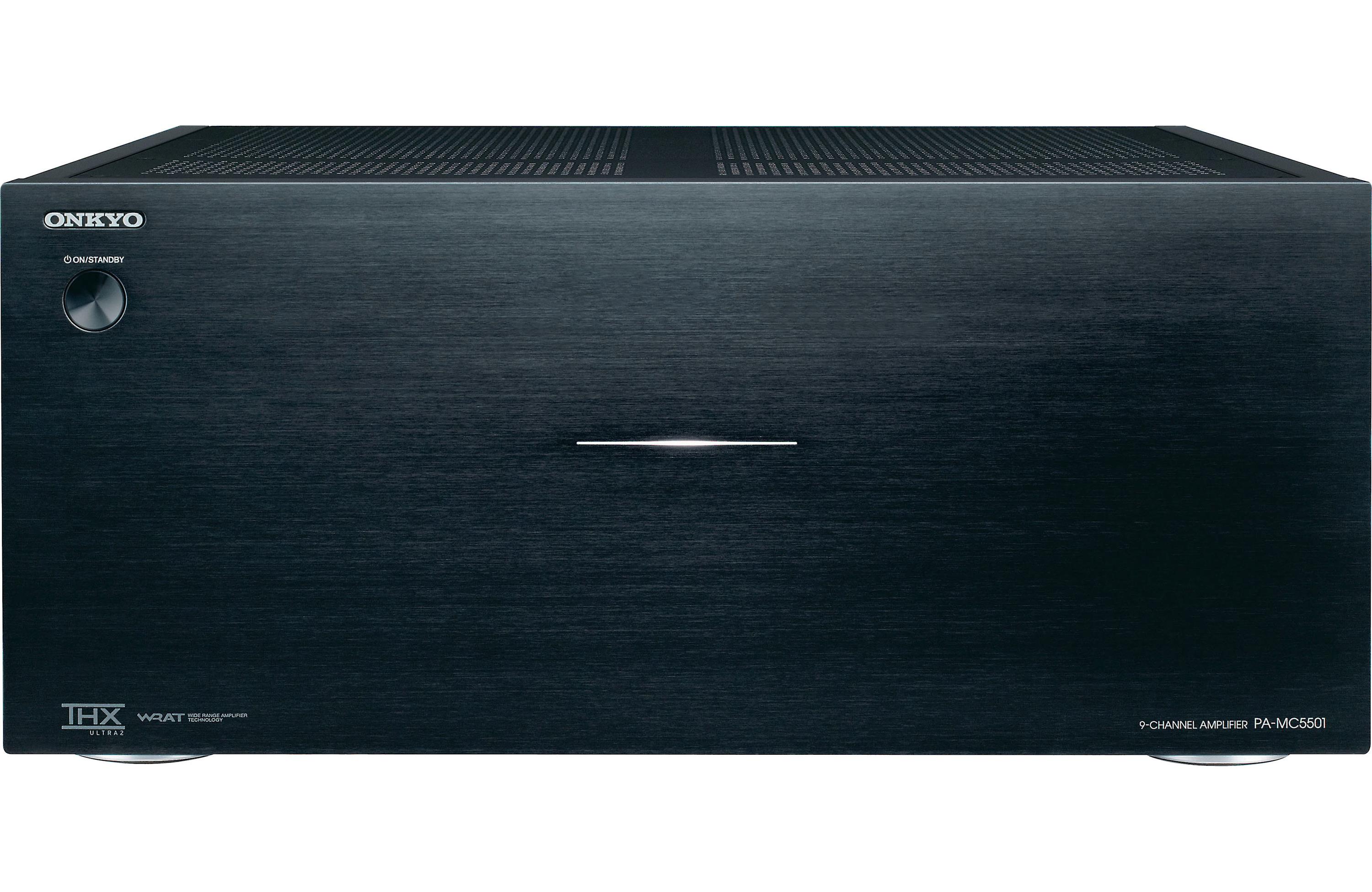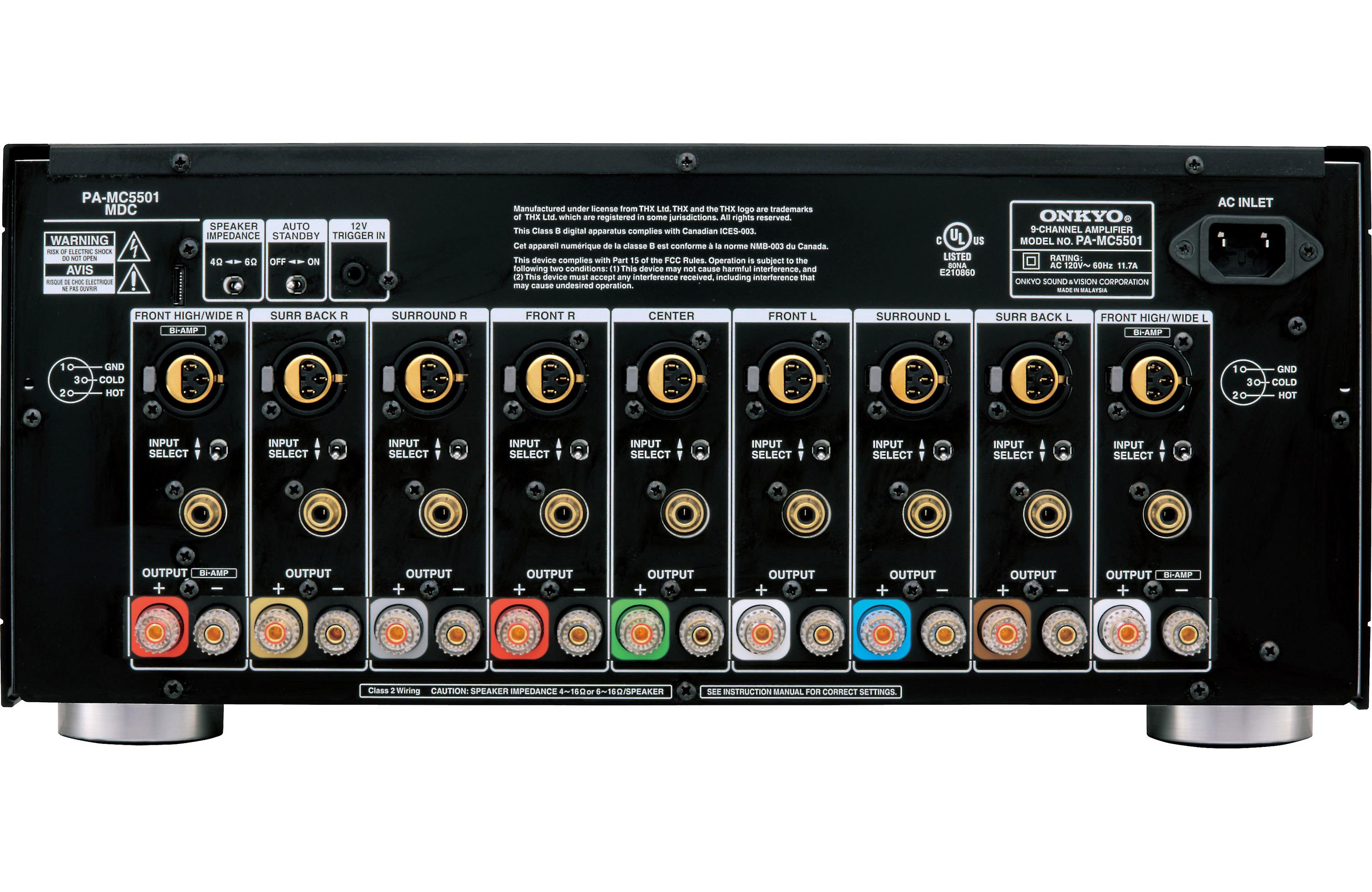|
|
Post by goodfellas27 on Jun 4, 2016 21:33:14 GMT -5
can anyone break down damping factor and why it's important? I see the GEN2 XPA7 has a factor of 500
|
|
|
|
Post by pedrocols on Jun 4, 2016 21:38:37 GMT -5
Some people will argue that the higher the damping factor the better. However, that is questionable.
|
|
|
|
Post by AudioHTIT on Jun 4, 2016 22:12:02 GMT -5
can anyone break down damping factor and why it's important? I see the GEN2 XPA7 has a factor of 500 The reality is that because of resistance between the amp and speaker, no matter how high the amp's DF is, beyond a certain point (50 was thrown around earlier), it won't make any difference. 500 is definitely beyond that point. |
|
|
|
Post by leonski on Jun 4, 2016 23:23:06 GMT -5
I understand your point. They were level matched at -10db volume pot, and both sounded amazing. Just in different ways. Obviously the no. 33 was more dynamic and authorative over the drivers. by vol pot? NO. By some kind of SPL meter. Even the old analogue RatShack meter is probably OK for that purpose. And Ben? What would you know AFTER seeing a mountain of 'data' that you couldn't determine in about a 30 minute audition? What is the MOST important spec(s) and why? The Least? What is the relationship of feeback to HIGH damping factor? IS there one? How well do the amps in question do with REAL speaker loads? |
|
|
|
Post by benbvan on Jun 4, 2016 23:34:10 GMT -5
Yes, with an SPL meter.. no it wasn't a radio shack meter. Though those work. At -10db was the reference used from the pre-amp.
|
|
|
|
Post by benbvan on Jun 4, 2016 23:36:00 GMT -5
And I'm sure your last question is the most vital one. It would be for me. But specs are fun.
But in the real world, with real speakers the Gen3 unit running two channels is stunning. Detail and clarity I haven't heard with the speakers I'm running. I know the specs say the a7's are 89db efficient.. but they take gobs of power to open up and shine. Could get that sound from them from an AVR running approx 140 watts. I've heard them ran from an outlaw unit once and they still seem much better in my room, with my amp. Could be just perception.
|
|
|
|
Post by leonski on Jun 5, 2016 16:00:57 GMT -5
Yes, getting lost in 'specs' can be fun. Just don't take them TOO seriously.
AVRs typically are not 'reference quality' amps and I would expect any number of dedicated amps to better one.
|
|
|
|
Post by leonski on Jun 20, 2016 19:37:47 GMT -5
can anyone break down damping factor and why it's important? I see the GEN2 XPA7 has a factor of 500 damping factor is the ratio of load impedance to amplifier OUTPUT impedance. Since impedance is basically just 'resistance' at a specific frequency, it varies across the audio band. My Parasound amps have a measured impedance of 0.01 ohms. This is at frequencies up to maybe 1khz and it rises to the upper measurement limit of 20,000khz. From 10khz UP, the DF is below 200 which implies RISING output impedance of the amp. So, with an 8ohm speaker, at the IMPORTANT lower frequencies my amp is around a DF of 800. Or IS it? Maybe 60% or 70% of the power needed in a stereo is below 1khz. Pretty good, eh? Meaningless. Or nearly so. First, speakers are Seldom (actually NEVER) a straight 8 ohm load. So, as the REAL impedance drops, so too, does the damping factor. Than you have to add in SPEAKER WIRE resistance. This is ADDED to the output impedance of the amp and FURTHER drops the 'damping factor'. My Speakers are 4 ohm nominal, which drops the damping factor IDEAL to 400. Since my speakers are PANELS, they don't quite couple to the air like a cone speaker. So, the bottom line is that all the additional stuff in the way, like crossover and real WIRE, tends to drop the real damping factor further. In the mood for an EXPERIMENT? Only try if you can get at a WOOFER CONE in your speakers. 1. Turn OFF your stereo and let is sit for 30 minutes. 2. DISconnect the wires to the speaker AT the speaker. 3. Flick or 'thump' the edge of the speaker with a finger. 4. LISTEN. Repeat #3 and #4 with PAPERCLIP across the speaker terminals. What did you hear different? You heard the difference between VERY HIGH damping with the paper clip and NO damping with the speaker disconnected. Well, almost none. Real world numbers for damping factor are ALWAYS less than 100. I've heard 50 bandied about and as low as 20 also being fine. Conventional speakers are Awful, Wasteful things. Maybe 1 1/2% of the power you feed them actually makes noise. The rest? Basically just waste heat. Voice coils get hot. Inductors get hot. The amp, already at about 55% or 60% MAXimum efficiency wastes MORE power absorbing the back emf from the speakers, and making MORE heat. Persons with HIgh Power vacuum tube systems are Well Advised to live NORTH of the Arctic Circle. |
|
|
|
Post by rbk123 on Jun 30, 2016 11:04:54 GMT -5
Someone pinged me and said there's a 20% off coupon at Monoprice that brings this fatty down to $1199 before ship. That wasn't what intrigued me, however. What did intrigue me when checking real quick was Sound and Vision actually did a review of this amp: www.soundandvision.com/content/monoprice-monolith-7-amplifier-review#FlZT7y0AqYchlCtB.97Reads pretty similar to how they reviewed prior Emo gear so pretty typical fare. I guess not intriguing after all, now that I say that. |
|
|
|
Post by goodfellas27 on Jun 30, 2016 13:03:00 GMT -5
good value
|
|
|
|
Post by sahmen on Jun 30, 2016 13:19:12 GMT -5
Whiles we are on this subject, we should maybe throw this 9-channel beast from Onkyo into the mix, since it might be of interest to those who are looking at atmos/DTS-X applications, although personally, I am not really sold on its competitiveness (150 wpc with two channels driven sounds rather underwhelming for me--probably okay for surround and height speakers, but not for the LCR channels IMHO, just saying):
Onkyo PA-MC5501 currently going for $1,599.99 at Crutchfield, but maybe more expensive elsewhere
9-channel power amplifier
  Product Highlights:9-channel THX® Ultra2 certified power amplifier Product Highlights:9-channel THX® Ultra2 certified power amplifier
150 watts per channel into 8 ohms (20-20,000 Hz) at 0.05% THD, with 2 channels driven
4-ohm capable for use with a wide range of speakers
frequency response: 5-100,000 Hz (+1 dB, -3 dB)
signal-to-noise ratio: 110 dB
one unbalanced RCA and one balanced XLR input for each channel
WRAT (Wide Range Amplifier Technology) for low noise and high instantaneous current capability
massive toroidal power transformer
custom-designed large power transistors to drive high currents
12-volt trigger input
defeatable auto power standby automatically shuts amp down after 3 hours of non-use
gold-plated binding post speaker terminals
detachable power cable
17-1/8"W x 7-13/16"H x 17-9/16"D
weight: 48.9 lbs.
warranty: 2 years |
|
|
|
Post by goodfellas27 on Jun 30, 2016 13:28:55 GMT -5
That onkyo and two monoblock for the front two is a killer deal
|
|
|
|
Post by rbk123 on Jun 30, 2016 14:12:02 GMT -5
48.9 pounds for a 9 channel torroidal PS amp? Where's the beef?
|
|
|
|
Post by teaman on Jun 30, 2016 14:21:55 GMT -5
48.9 pounds for a 9 channel torroidal PS amp? Where's the beef? Being an Onkyo I am sure it gets hotter than Hell too. |
|
|
|
Post by Talley on Jul 1, 2016 20:35:18 GMT -5
I like the overall look/design but in the end how does it sound?
While I'm not in love with my xpa-7 it works. My overall sound is pretty good but I have way more work to do on speaker placement/room acoustics.
|
|
|
|
Post by goodfellas27 on Apr 12, 2017 8:18:53 GMT -5
|
|
|
|
Post by pknaz on Apr 12, 2017 12:27:45 GMT -5
|
|

